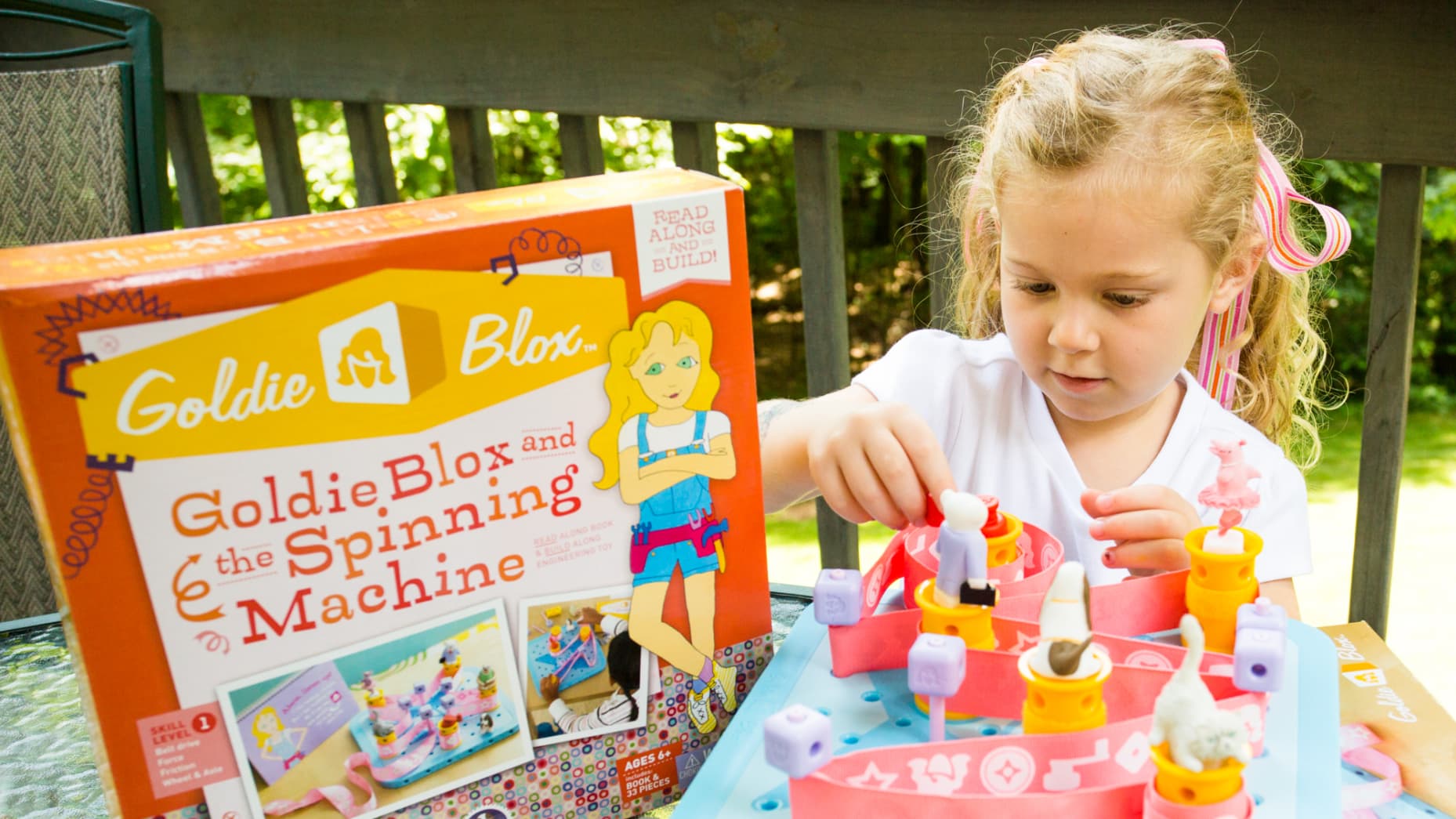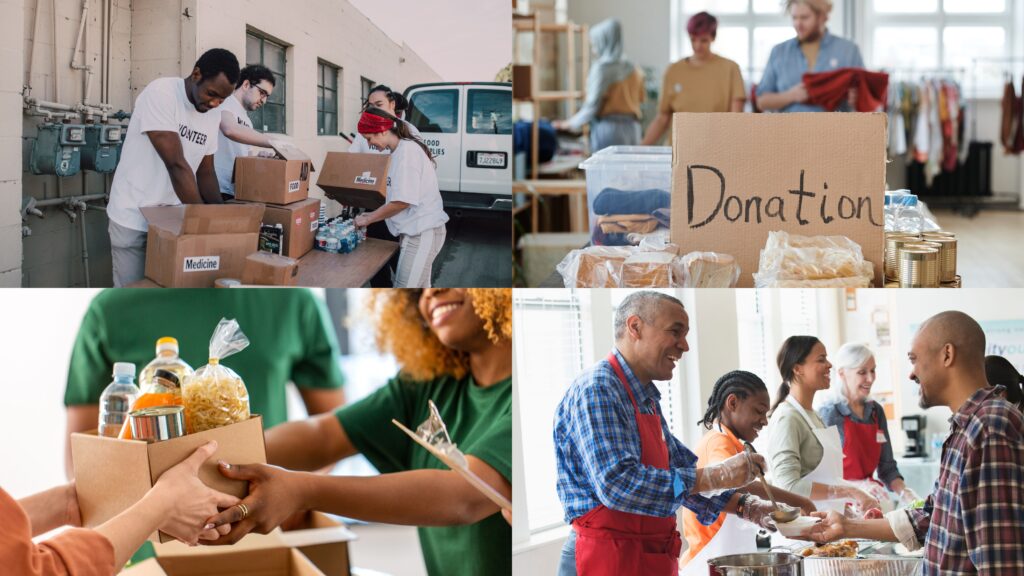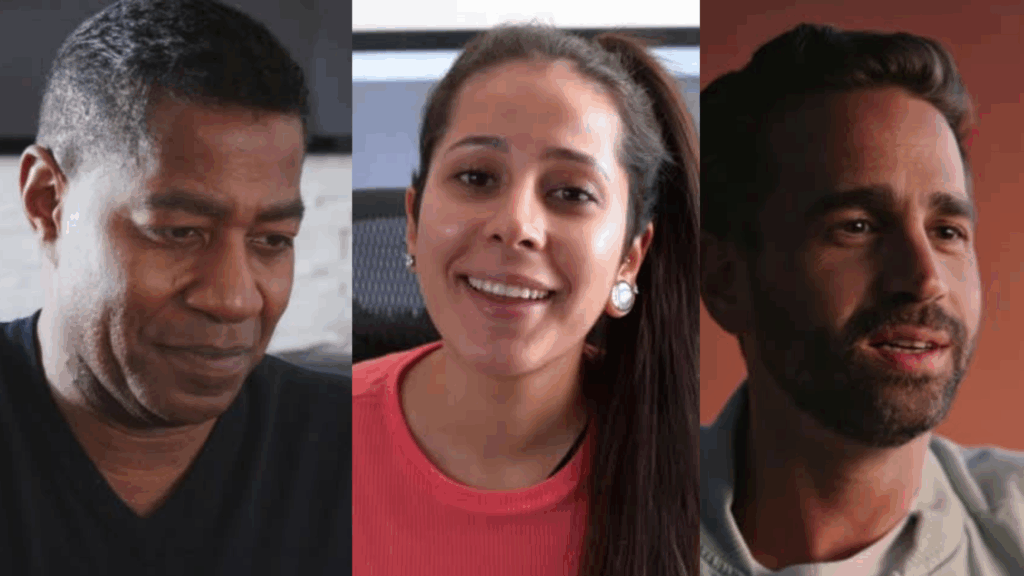GoldieBlox: Using Research To Design A Better Girls Engineering Toy

GoldieBlox is a cool engineering toy using story telling and problem solving to engage girls who may ignore more traditional building toys. The founder Debbie Sterling is a Stanford trained engineer who’s using Kickstarter both to fund the toy’s production and as a social community for design ideas and feedback.
The project hit its $150,000 goal in just 5 days, has thousands of fans and is now moving into funding two more toy versions.
I was struck by how GoldieBlox used research insights both to build the product and their project case on KickStarter.
Below is a summary of an interview conducted with Debbie Sterling and Sydney Malawer from the GoldieBlox team who were kind to share their story of research, design and social networking with me.
Girls, stem and playing: a scan of secondary research
There were countless research insights that played a role in the product design of GoldieBlox, but here are some highlights:
1. Girls have strong verbal skills: This insight sparked the idea to utilize storytelling as a way to engage girls. All construction toys teach how to build with an instruction manual, but I for one have always hated those! So, I came up with the idea to write a children’s story about a kid inventor named Goldie and have the girls build along with her. At our target age range of K-3, it really leverages girls’ verbal skills. It’s great for early readers and uses girls’ confidence in reading to get them interested in building.
2. Girls have an innate sense of nurturing and like to help people: This inspired the story lines of GoldieBlox. We introduced quirky cute animal friends who Goldie needs to help. Rather than just building a cool machine, Goldie’s machines have purpose. This gives the “why” behind the building, which was incredibly important in getting girls to engage.
3. Girls have collaborative (rather than competitive) play patterns: While boys like to compete and destruct, girls prefer play scenarios where everybody wins. In Goldie’s first story, “GoldieBlox and the Spinning Machine,” she needs to figure out how to build a belt drive to spin all of her animal friends. It was fascinating to see how much girls got into the building when the scenario involved helping “everybody win.” We also decided on a flip book presentation-style format for the book so that multiple girls could enjoy it at once. We found girls liked playing GoldieBlox together and collaborating.
The top sources for the research were Why So Few study by AAUW , NCWIT study, and a meeting with Harvard Neuroscientist Joyce Benenson, who specializes in children’s play patterns, particularly around competition. Much of the insight on play patterns came from her and her work.
Playtime: testing the prototype with kids
I recruited the efforts of two design researchers trained at Cornell to help put together the research protocol for gathering data from user testing. We tested the prototype on over 100 kids (girls and boys, ages 4-12) by visiting the homes of over 40 families and 3 schools. We created our own quantitative and qualitative design research rubrics to take notes during the tests and evaluate the interaction. We also videotaped every test for further analysis.
Our biggest and most important finding was that the concept was solid: the book + toy combination worked really well in engaging girls to read the story and build along with Goldie. This was a big win.
Another top finding was how much kids enjoy interacting with the iPad and how a digital Goldie experience could really enhance the physical toy experience by providing narration (for kids who aren’t at the reading level yet), animation (to further clarify the building instructions) and encouragement (to prevent kids from giving up too quickly when the building gets challenging).
There are hundreds of little things we learned that impacted the final design. Here is an interesting one: In the book, Goldie builds a belt drive spinning machine in the shape of a star. We were testing on a standard hardware store pegboard and found a lot of girls getting frustrated that they couldn’t make the star symmetrical because of the hole placement on the board. We switched to a pegboard with off-set holes and put a picture of the star on the board to address this and the building experience dramatically improved.
The biggest change we made had to do more with the book narrative than with the toy. The original book had Goldie fail the first time on purpose, to show that it’s ok to fail, as long as you don’t give up. We found that almost everyone, from parents to children would get stuck at that point, trying their hardest to make it work without turning the page. We decided it was best to remove the outright failure, and instead include Goldie’s problem-solving process differently in the narrative.
One big surprise was what the kids built with GoldieBlox after the story was done. Instead of putting it away and playing with something else, they began playing make-believe with the characters and building their own inventions. We found kids building slingshots, cemeteries, classrooms, etc. They’d play act with the characters as they would with any other popular “pet shop” toy on the market, but they’d add in the construction pieces into the play. It was incredibly rewarding to watch that happen.
Another big surprise was how much boys also liked playing with GoldieBlox. Although the design had been carefully chosen to appeal to girls, almost all of the boys we tested on really got into it too.
The competition: competitive toys and the design process
Competitive products played a huge role in the design process. For starters, I bought competitors’ construction toys and observed children playing with them to get an understanding of how they could be improved. I’ve spent months observing how they market to kids and parents on the toy shelf as well as online and in the app space. The brand I’ve been following most closely is Lego Friends, who launched a big line of girl construction toys in January 2012. The biggest struggle for me in the design process has been figuring out how traditionally “girly” I’d need to make the toy in order to appeal to girls. Being able to follow the success (and criticism) of Lego Friends has helped me fine-tune my product design.
Getting from good idea to a market ready product: the overall role of research
The insights we collected from the research is probably the main reason we are here today. It expedited our process from concept to market faster than anything else. We were able to see exactly what worked and what didn’t work immediately from testing the prototype, which allowed us to redesign the aspects that didn’t work and leverage the aspects that did. The greatest learning that we found was that when in doubt, test! Prototyping and testing is the quickest way to be able to take your idea to market with confidence. Also, make sure to videotape all the tests. We were able to raise some seed funding and it was mainly due to the power of these videos conveying the emotional connection between the kids and the product concept.
Kickstarter as a research tool: social media and product design
The whole reason to go through Kickstarter was to get real-time customer feedback so that we bring the best toy possible to market. It is definitely shaping not only the finalization of this product, but also the design and development of the next few products. It’s giving us insight from everything from color scheme to engineering principles taught to complexity of the contraptions. As we go forward, social media monitoring will be critical to not only the product development, but also the development of this movement towards getting girls to explore engineering from a young age.
The future: the ongoing role of research
We will continue to prototype test future books and machines in the GoldieBlox series. But if we had the budget and resources beyond this, we’d love to measure our social impact. We want to test how much playing with GoldieBlox influences girls’ development of spatial skills and confidence in their math and science skills.
We also would like to invest in the storytelling aspect of GoldieBlox by video interviewing women in STEM fields to understand how they got to where they are and break down the stereotype that engineers are all nerdy white males who sit behind a computer all day! We’d love to re-tell these stories in a compelling way to continue making engineering more accessible to all generations.
 My top takeaways from GoldieBlox’s use of research:
My top takeaways from GoldieBlox’s use of research:
- Scan secondary research first: Start with a look at what research is already done and build off that.
- Leverage academic resources: Find research and subject matter experts to inform your product design at Universities.
- Use social media to inform your product strategy: Use social media to get real time and iterative feedback from a more diverse and large group of people.
- Add a research budget to your start-up costs: Build better and more credible products by investing the time and money into research.
You may also Like

When Generosity Gets Complicated: What 223 Americans Taught Us About the Future of Giving
“I’m not opposed to donating, but there’s just too many stories of it being mishandled, and frankly, I don’t trust it.” The Hispanic man who shared this wasn’t...
AI Trust Crisis: Why Users Draw the Line at News and Politics
While AI adoption surges across everyday tasks, a clear boundary emerges for serious information. Insights from the Social Lens Library reveal users across all generations share unified skepticism:...

0 Comments
Leave a comment